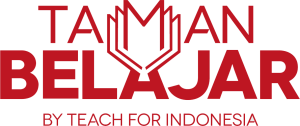Accounting: Technology Perspective (International Financial Reporting Standard Adoption)
Pilihan pendaftaran
This course provides knowledge to students to understand the basic principles and standards of accounting. Topic areas: accounting principles, recording process, adjusting entries, accounting cycle, accounting for merchandising operations, ash valuation method, accounts receivables, inventory, and plant assets. This course also teaches the preparation of financial statements, introduction to Financial Accounting Standards (SAK) and International Financial Reporting Standards (IFRS).
On successful completion of this course, student will be able to (Learning Outcomes, LO):
- LO 1: Explain the conceptual framework, accounting principles, and accounting standards as the basis in preparation of financial statements, and all stages in the accounting cycle
- LO 2: Explain the differences between service and merchandising companies, and the steps in the accounting cycle for merchandising company
- LO 3: Identify some of the methods in accordance with Financial Accounting Standards (SAK) and International Financial Reporting Standards (IFRS) relating asset that consists of inventories, cash, accounts receivable, tangible and intangible assets
- LO 4: Apply the methods in recording and calculating the asset that consists of of inventories, cash, accounts receivable, tangible and intangible assets in accordance with Financial Accounting Standards (SAK) and International Financial Reporting Standards (IFRS)
- LO 5: Prepare the complete accounting cycle
Duration: 2 hours
Students
:
👥 9
